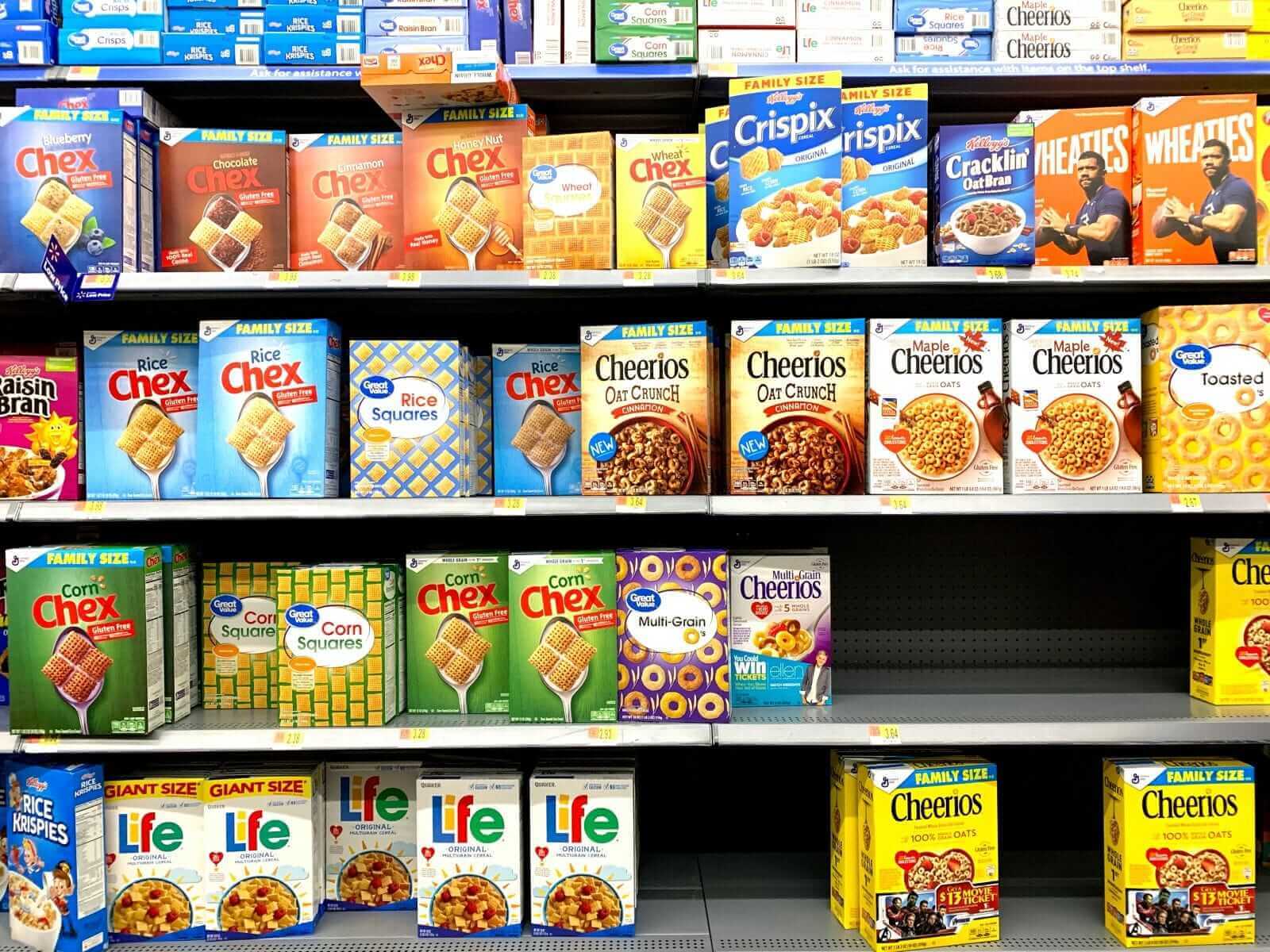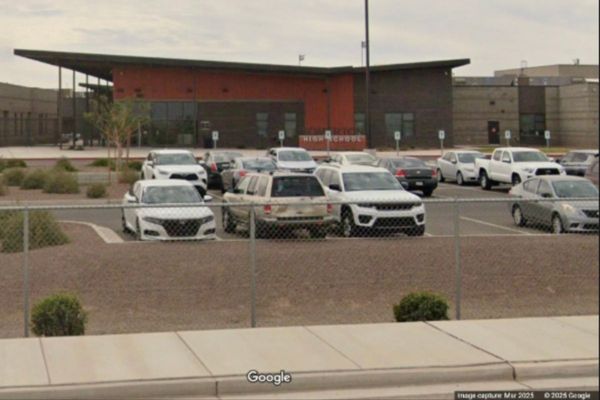
To paraphrase legendary investor Warren Buffett, market participants should be fearful when others are greedy and greedy when others are fearful. To take this sentiment to the extreme, Barchart offers an enticing screener called “RSI Oversold.” A little background information is warranted.
RSI stands for relative strength index. It’s one of the most common gauges within the discipline of technical analysis, measuring the robustness of recent price action. In turn, this measurement is used to provide a sentiment snapshot, determining whether conditions are overbought or oversold. When the index rises above the 70 level, the tracked asset is overbought. Below 30, it’s oversold.
Notably, the RSI represents a contrarian indicator, similar to the relationship between your speedometer reading and the variance to the speed limit. For example, if you’re driving 90 miles per hour in a 65-mph zone, the speedometer indicates that you’re flying. However, if you keep at it, you’re liable to get a speeding ticket. Therefore, a rational individual may slow down.
Likewise, an overheated security may be beating the market by a wide margin. At some point, though, proponents will likely take profits, potentially leading to a significant drop in value. On the other hand, an oversold stock might attract buyers due to the implication of deep value.
For grocery retailer Grocery Outlet (GO), a disappointing earnings print and forecast just might spell a contrarian opportunity.
Rough Financials Puts RSI Oversold Spotlight on GO Stock
Barchart identified GO stock as a possible opportunity because its RSI slipped to 24.61. Driving shares down to that point was a less-than-desirable disclosure for its first-quarter earnings.
On the top line, Grocery Outlet managed to post $1.04 billion in revenue. This figure beat analysts’ consensus view of $1.02 billion. Further, same-store sales were up 3.9% on a year-over-year basis. And with a store count of 474 at the end of Q1, this tally represented an increase of over 30 locations over the last 12 months.
Unfortunately, it largely went downhill from there. Adjusted EBITDA landed at $39.4 million against an expected target of $52.3 million. Obviously, that was a massive miss. Further, non-GAAP earnings per share was only 9 cents versus the consensus estimate of 18 cents.
Regarding sales guidance for the full year, management reiterated its projection of $4.33 billion at the midpoint. However, the leadership team also lowered its gross margin and adjusted EBITDA guidance for fiscal 2024.
Despite a mix of positives and not-so-positives, investors focused on the EPS miss and lowered EBITDA guidance. Subsequently, GO stock suffered a gargantuan drop of 19.2% in the market. On a year-to-date basis, it’s now down more than 23%.
A Speculative Buy-In Signal May Have Materialized
Usually, when a security succumbs to near 20% drop in a single session, most conservative investors will simply bail out. However, it’s also possible that, as a near-term speculative idea, GO stock may present an upside opportunity.
For one thing, there’s the idea that the bad news has already been baked into Grocery Outlet. Yes, it did disclose less-than-encouraging news. However, in the absence of additional headwinds, there may not be much of a rational basis to drive GO stock lower. With the rough stuff out of the way, it’s not out of the question for shares to rise.

Further, the huge hit in GO stock is somewhat similar to the Martingale betting system. Outside of aberrant conditions, securities never rise or fall in a straight and unbroken trajectory. At some point, a stock will break its current trend and move in the opposite direction, no matter how briefly. Knowing that, speculators may attempt to “double down” on the dips.
Finally, as a historical gauge, betting on a deflated RSI reading has proven lucrative for GO stock. Back in October last year, GO’s RSI dipped below 30. Following that session, shares started to rise. A similar setup occurred in February of this year. While the RSI didn’t drop below 30, it did touch that level. Immediately afterward, GO started swinging skyward.
Risks to Consider and Main Takeaway
To be 100% clear, past results do not guarantee future performance. Just because the contrarian RSI screener correctly identified upside opportunities before does not mean the same situation will play out again tomorrow.
Further, when downside – especially severe downside – materializes in a publicly traded company, it’s for a reason (and typically not a good one). Investors clearly didn’t like what Grocery Outlet had to say and abandoned ship. When they had an opportunity to pick up GO stock for cheap in the session after, they didn’t. That must be considered in your risk assessment.
Still, if there’s a takeaway to be had, it’s that Grocery Outlet benefits from a “permanently relevant” narrative. People have to eat and in a tough economic environment, they prefer to do so cheaply. Grocery Outlet fills a key need. Therefore, the discount in GO stock is arguably much more credible than if we were talking about a pure risk-on enterprise.
On the date of publication, Josh Enomoto did not have (either directly or indirectly) positions in any of the securities mentioned in this article. All information and data in this article is solely for informational purposes. For more information please view the Barchart Disclosure Policy here.






